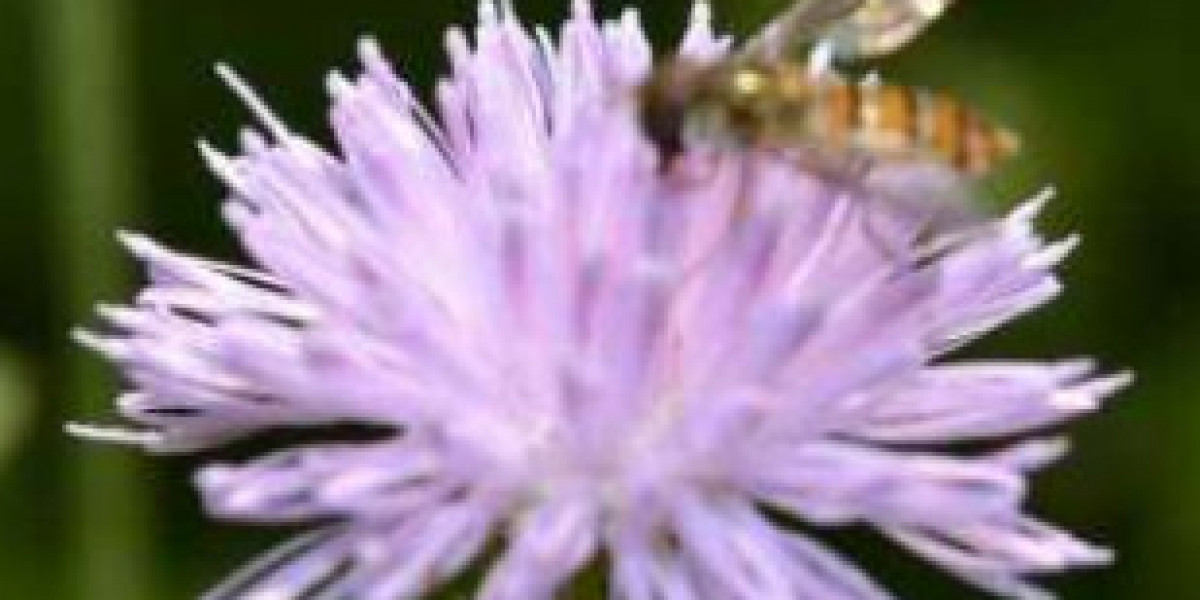Jatropha Curcas is getting significance commercially as the demand of fossil fuels increases enormously and also Jatropha is an environmentally friendly energy plantation. Plantation of this plant is thought about to be an outstanding fuel replacement and it is likewise very affordable compared to other fuels. Recently, jatropha curcas is facing some problem with pests and diseases. The pests are categorized into two ranges: Pest that affect young plants and Pest that affect matured plants.
Young plant bugs: Cutworm, Scarabeid Beetle, Army worm, Grasshopper.
Agrotis ipsilon: It is frequently understood as Cut worm. This insect affects the seedlings and young Jatropha plants. If the plant is affected by the cutworm, the stem gets cut nearer to the soil surface and this will shrunk the plant completely.
Control: This insect can be managed by picking the larva found around the plants or by blending the bran, sawdust with insecticides.

Scarabaeid Beetle: This pest damages the root of the young plant. Initially, the larva takes in the natural matters present in the soil and after that concerns the root. The larva attack might eliminate the entire plant.

Control: The plant with great resistance power can conquer the pest. For heavy attack, insecticides with parts carbosulfan and carbofuran can be utilized to eliminate the insect.
Army worm: Spodoptera litura existence can be recognized by biting in the leaves. The extreme infection might completely kill the plants.
Control: Insecticides are used to control the insects.
Grasshopper: This is common bug found in numerous plants. Valanga nigricornis and Locusta migratoria extensively assaults the plant. The insect typically attacks the young plant.
Control: The insecticides utilized betacyfluthrin, cypermethrin, thiodicarb, MIPC, and fipronil.
Pest observed in mature plants:
Pest of Stem: Ostrinia furnacalis, Xyleborus spp.
Ostrinia furnacalis and Xyleborus: This pest damages the Jatropha stem and it is commonly seen in Indonesia. The stem assaulted by this pest usually drop. The existence can be determined by the larva penetration hole at the stem.
Control: The Insecticide usually used to control this bug is carbofuran.
Pest of leaf: The common insects observed are leaf caterpillar, Neetle caterpillar, Leaf hopper, Mite, Ear corn caterpillar.
Leaf Caterpillar: This insect can consume all the leaves of the plant simply put duration. The quality and yield of the seeds get reduced due to the heavy attack.
Control: This can be controlled by picking the old larvae around the surface and getting rid of the assaulted leaves.
Needle Caterpillar: This caterpillar is covered with spinal columns and produces a burning feeling when permitted to call with skin as it produces specific chemical substance. Initially the pest crowded in the leaf and after that spread out all over the plant when it ages.
Control: Manually, the bug can be killed just by soaking it in water or kerosene. The heavy attack can be controlled by spraying organophosphate insecticides.

Leaf Hopper: This pest is discovered mostly in tropical and subtropical regions. The insect targets the leaf and sucks all the nutrients of the leaf and gets curls at the idea. Later, the entire leaf dry and pass away.
Control: The heavy attack can be controlled by utilizing insecticides like imidachloprid, beta cyfluthrin or carbosulfan.
Mite: Mite also assaults the leaf and makes the entire plant weak. The pest presence can be identified when the leaf become yellow-colored, shrinks, turns red and fall down. The bug can likewise be spread out through fallen leaves.
Control: Some preventive steps can be done like correct sanitation and burning the fallen leaves. Heavy attack can be treated by spraying insecticides.
Some dreadful insect which attacks flower and fruit are, Stink bug (Nezara viridula)
Chrysocoris javanus, Tip borer caterpillar.
Stink Bug: Sting bug is a major bug which attacks the plant during blossom period so the crop yield totally drops. This bug is seen around the tropical region.
The harmful enzyme in the plant diminishes the entire plant.
Control: Insecticides recommended for this pest is chlorfluazuron, diflubenzuron, alfamethrin, and lamda cyhalothrin.
Tip borer caterpillar: The bugs frequently occurs attacks the plant in flowering season and this insect is seen widely in tropical regions. The female bug laid the eggs on the tender part of the plant and the young larvae feed the young fruits and plant ideas.
Control: Manually, the assaulted seeds are suggested to burn. The insecticides like monocrotophos and bensultap are sprayed at the flowering season.








